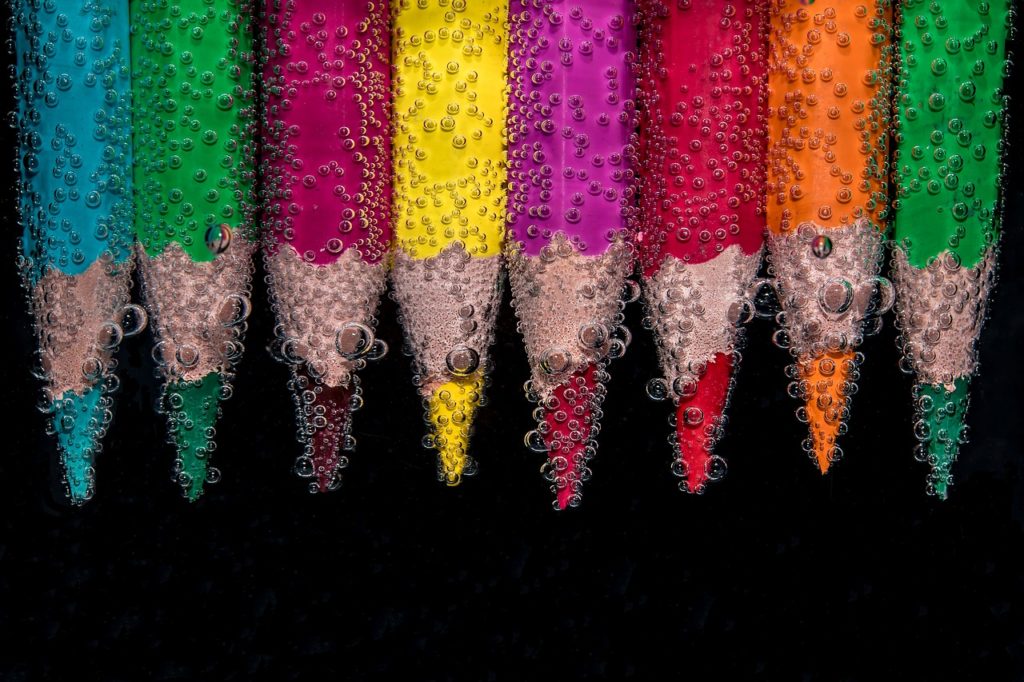Once a developing artist begins to understand the seven elements of art, he/she may then find himself/herself wanting to further perfect that of his/her craft—as there is always room for improvement. It is through doing so, that he/she may find himself/herself wondering as to what he/she can do to make his/her piece stand out visually. This is where the seven principles of art come into play, which are listed as follows; 1. Rhythm, 2. Balance, 3. Emphasis, 4. Proportion, 5. Harmony, 6. Variety, and 7. Movement. Through the mastering of each of these techniques, those who are practicing the arts, are not only able to understand the importance of each, but to witness it first hand.

First and foremost is rhythm, “a principle of design that indicates movement, created by the careful placement of repeated elements in a work of art to cause a visual tempo or beat”. Second is balance, which is “a way of combining elements to add a feeling of equilibrium or stability to a work of art”. Third is emphasis, which is “a way of combining elements to stress the differences between those elements”. Fourth is proportion, “a principle of design that refers to the relationship of certain elements to the whole and to each other”.
Fifth is harmony, which is “a way of combining similar elements in an artwork to accent their similarities”. Sixth is variety, which is “a principle of design concerned with diversity or contrast—achieved by using different shapes, sizes, and colors”. And last is movement, which is “a principle of design used to create the look/feeling of action, and to guide the viewer’s eye throughout the work of art”.
As a result of these principles, those who are in the process of learning art are able to better understand how to put the pieces together visually—and gain further knowledge as to the effect of each. In combination with the elements of art, individuals may find themselves developing their own unique style, as they gain more experience—and comfortability—with each principle. It is then that one can achieve the effect that he/she wants—within his/her work—with precision and ease. In conclusion, rhythm, balance, emphasis, proportion, harmony, variety, and movement all serve as a guide for both experienced artists, as well as beginners. It is through such that a wide range of individuals are able to create and analyze art, as well as discuss it with others.h